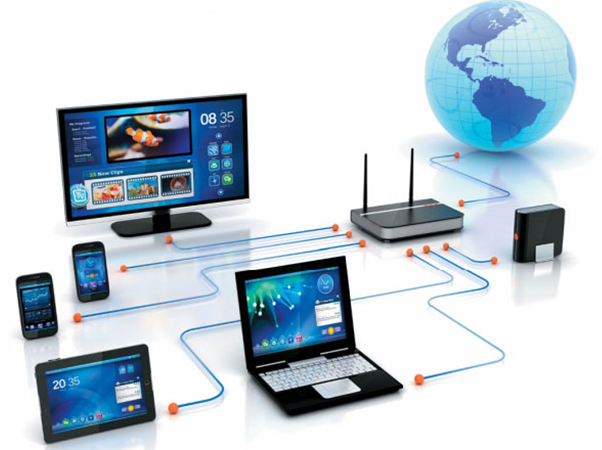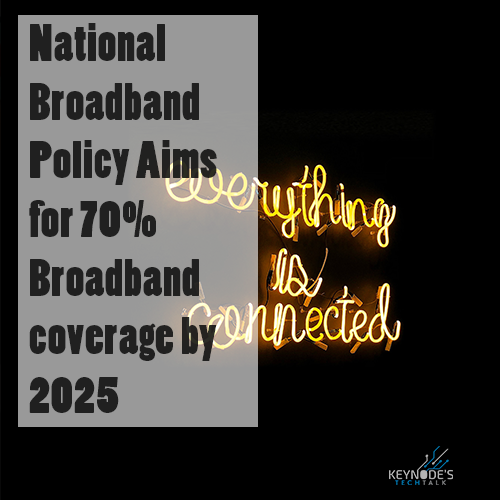
Earlier this month on the 19th March, the President commissioned the new National Broadband Policy, as part of the move towards a Digital Nigeria. This policy ambitiously aims for a 70% broadband coverage by 2025. This comes 2 years after the expiration of the last 5-year broadband policy that was released in 2013 and set a goal of 30% broadband coverage by 2018.
Was the Old National Broadband Policy a success?
The old policy sought to increase broadband coverage from 5% to 30% in 5 years by:
- Establishing ICT networks and installations as critical national infrastructure under special government protection;
- Providing targeted concessions, tax incentives, grants or government support where needed so as to attract investors;
- Standardising Right of Way (ROW) costs and procedures among others.
Additionally, the 2013 plan aimed at improving digital literacy and inclusion by using schools, hospitals and other such public spaces for community access. It also attempted to make mobile and computing devices affordable to low-income communities around the country by effecting zero import duty taxes on them.
Though the government says this target was achieved, stakeholders in the sector disagree, but they do commend the plan for substantially improving broadband development and access from what it was before.
74.2% of 3G was achieved as at September 2019; policies like the 2015 Cybercrimes Act to guide the use of digital was put into place; and at least one metre of fibre connection was introduced in all but one state capital in the country.
The New National Broadband Policy
The 70% target will be measured by the number of people who have access to a minimum of 10Mbps broadband connectivity services at a price not more than ₦390 (US$1.06) per 1GB of data (2% of median income or 1% of minimum wage) by 2025.
The new plan also aims at the following:
- 4G/5G services for 90% of the population by 2025;
- The local assembly of at least one smart device by 2023 at a price point of US$25-50; and
- 60% digital literacy to reach unserved and underserved locations and communities especially in rural areas.
It is estimated that the new NBP will cost US$3-5 billion to implement, which will be driven primarily by the private sector.
The new NBP plan which was put together by key industry stakeholders led by Funke Opeke, CEO, MainOne, and it is similar to the previous plan in a way making up for projects that were not initiated or not properly executed under the first plan.
The plan’s success is hinged on four key areas: infrastructure, policy, demand and funding/incentives.
Will this plan be successful, or is it too soon to tell? What do you think?


Can you be more specific about the content of your article? After reading it, I still have some doubts. Hope you can help me.
Thank you for your sharing. I am worried that I lack creative ideas. It is your article that makes me full of hope. Thank you. But, I have a question, can you help me?
Your article helped me a lot, is there any more related content? Thanks!
Thanks for sharing. I read many of your blog posts, cool, your blog is very good.
Your article helped me a lot, is there any more related content? Thanks! https://www.binance.com/sv/join?ref=PORL8W0Z